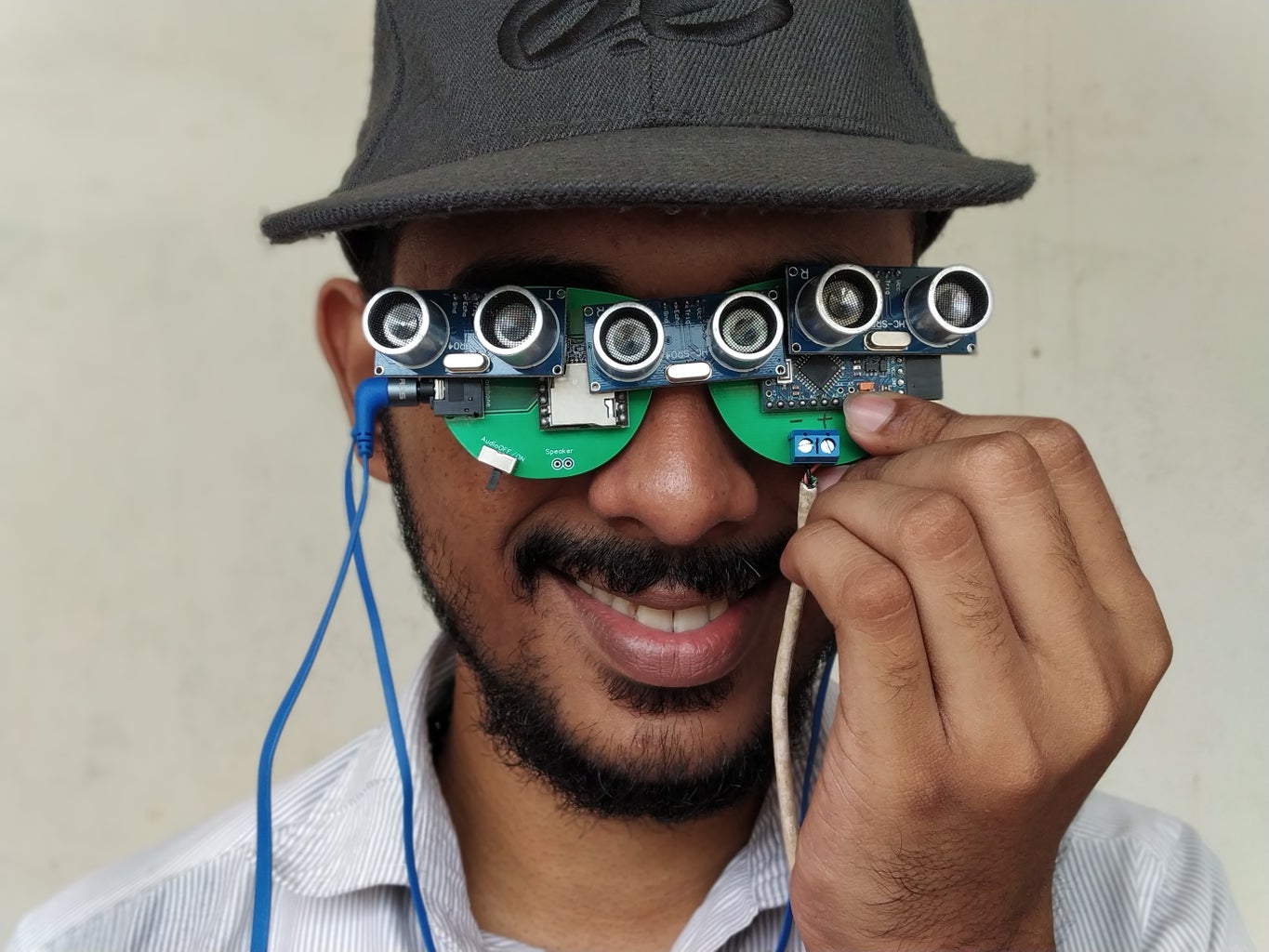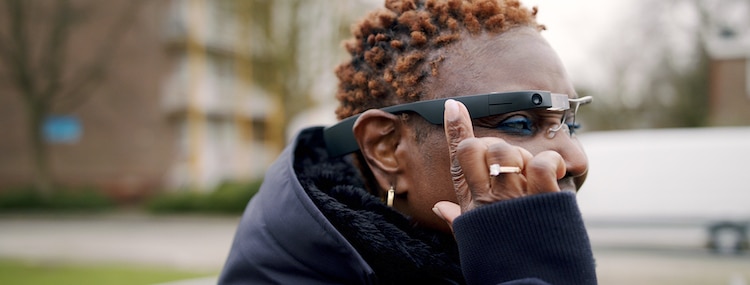Discover Advanced Assistive Devices for Individuals With Aesthetic Impairments
The landscape of assistive innovation for individuals with aesthetic impairments is evolving swiftly, providing an array of ingenious gadgets that boost freedom and interaction. From smart glasses that effortlessly merge visual input with acoustic support to sophisticated navigation applications that redefine spatial understanding, these devices are improving possibilities.
Smart Glasses Innovations
Smart glasses stand for a considerable innovation in assistive innovation for individuals with aesthetic disabilities. Outfitted with sensors and cameras, smart glasses can record real-time visual information, which is then refined and conveyed to the customer with audio comments or haptic experiences.
Moreover, innovations in expert system have further improved the capabilities of wise glasses. Artificial intelligence algorithms can identify faces, read text, and determine objects, making them important tools for day-to-day tasks. Customers can receive auditory hints that offer context regarding their setting, fostering independence and self-confidence.
In addition, the ergonomic design and lightweight nature of many clever glasses make them ideal for prolonged use, making certain comfort while improving performance. As these devices proceed to develop, they hold the prospective to transform the method individuals with aesthetic impairments experience their lives, bridging the space between availability and innovation. The recurring research and advancement in this area pledge to broaden the opportunities for wise glasses, making them an essential element of contemporary assistive tools.
Navigation Application and Tools
Many navigation apps and tools have actually become vital sources for people with aesthetic disabilities, considerably boosting their capacity to go across unknown atmospheres. These technologies take advantage of general practitioner functionality, audio cues, and real-time information to supply individuals with precise navigating assistance.
One noticeable instance is the Aira application, which links customers to skilled agents who can offer aesthetic summaries of environments and navigation guidance with a live video clip feed. This solution improves the customer's spatial awareness and self-confidence while navigating. Another remarkable tool is Seeing Eye GPS, which provides voice-guided navigation and sights, enabling customers to accessibility crucial info regarding their environments.

As modern technology proceeds to advance, the development of much more advanced navigating devices assures to further encourage individuals with aesthetic impairments, facilitating seamless wheelchair and integration right into diverse atmospheres. Such advancements contribute in promoting an extra inclusive society.
Braille Innovation Innovations
In the last few years, improvements in Braille technology have actually significantly changed just how individuals with visual disabilities access details and engage with the world around them. The development of mobile Braille display screens has revolutionized reading by allowing Go Here customers to attach wirelessly to computers, tablet computers, and smartphones. These devices transform message into Braille in real-time, making it possible for smooth interaction with digital content.
Moreover, cutting-edge Braille printers have arised, enhancing the manufacturing of responsive materials. Modern embossers are much faster and much more reliable, enabling for the fast development of Braille records and educational materials. This performance reduces the moment and cost associated with generating Braille resources, making them a lot more accessible to companies and schools.
Additionally, the assimilation of Braille with other technologies, such as expert system and device learning, has opened up new methods for individualized understanding experiences. Voice acknowledgment and synthesis technologies can match Braille, supplying an inclusive strategy to details circulation.
As the need for inclusive education and office environments grows, these technological improvements play an essential role in empowering people with aesthetic disabilities, ensuring they have equivalent accessibility to details and chances in different facets of life.
Wearable Gadgets for Independence
An expanding selection of wearable devices is boosting freedom for individuals with aesthetic impairments, supplying ingenious options that enhance navigating and daily living. Braille displays and notetakers. These gadgets utilize sophisticated innovations to give real-time responses and assistance, promoting freedom in various atmospheres

Wearable technology additionally consists of smartwatches that can be set with ease of access functions, allowing individuals to receive alerts, track their locations, and even call for help with the touch of a switch. Some devices include synthetic intelligence to examine the environment, offering audio summaries of neighboring things or people.
Voice-Activated Assistive Solutions
Leveraging voice-activated assistive solutions has changed the landscape of support for people with aesthetic impairments, giving hands-free interaction and access to a selection of jobs. These innovations utilize natural language processing and expert system to enable customers to do everyday tasks with easy voice commands.

Moreover, current improvements in voice acknowledgment accuracy have actually enhanced the user experience dramatically, fitting diverse accents and speech patterns. This inclusivity guarantees that more individuals can gain from these modern technologies, fostering a higher feeling of autonomy.
Verdict
In final thought, the development of sophisticated assistive gadgets dramatically boosts the self-reliance and lifestyle for people with visual impairments. Technologies such as clever glasses, navigation applications, Braille innovation, wearable devices, and voice-activated solutions collectively promote a more comprehensive atmosphere. These modern technologies equip customers to navigate their environments with confidence and engage even more completely with the world, inevitably advertising better ease of access and equal chances for people dealing with visual obstacles.
The landscape of assistive technology for people with aesthetic impairments is progressing rapidly, presenting a variety of cutting-edge devices that enhance freedom and interaction.Smart glasses represent a considerable development in assistive modern technology for individuals with aesthetic impairments. As these tools continue to progress, they hold article the possible to revolutionize the way people with aesthetic problems experience their daily lives, bridging the space between availability and modern technology.In recent years, advancements in Braille technology have significantly transformed exactly how people with visual problems access details and involve with the world around them. These innovations empower individuals to browse their environments with self-confidence and engage even more totally with the globe, inevitably promoting better availability and equal opportunities for individuals facing visual obstacles.